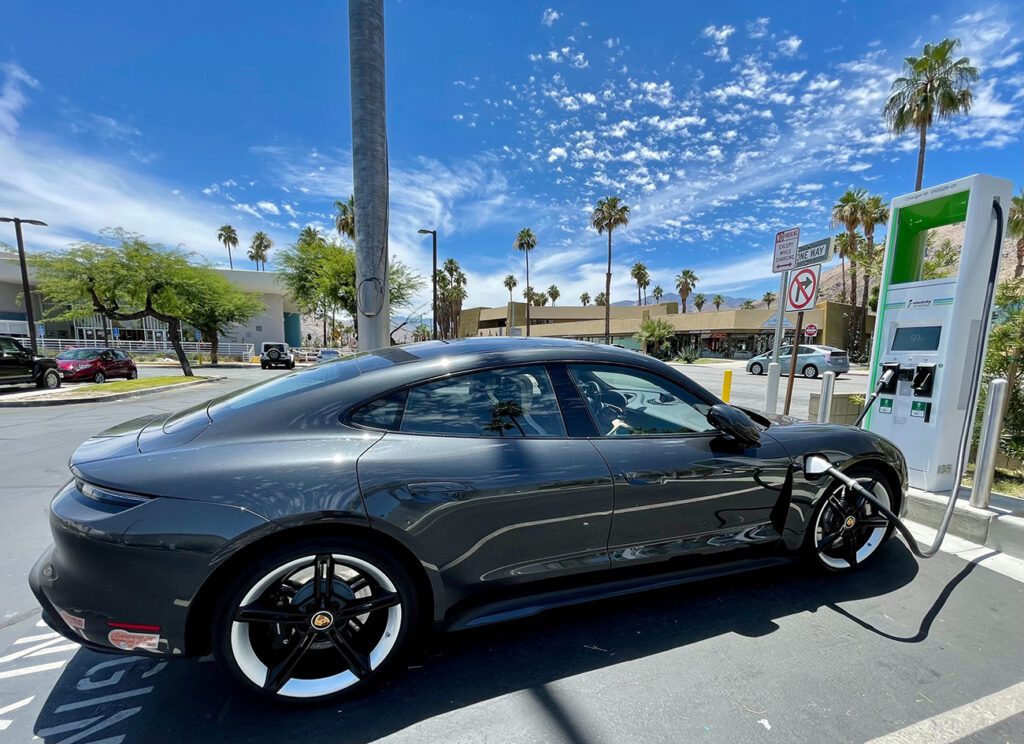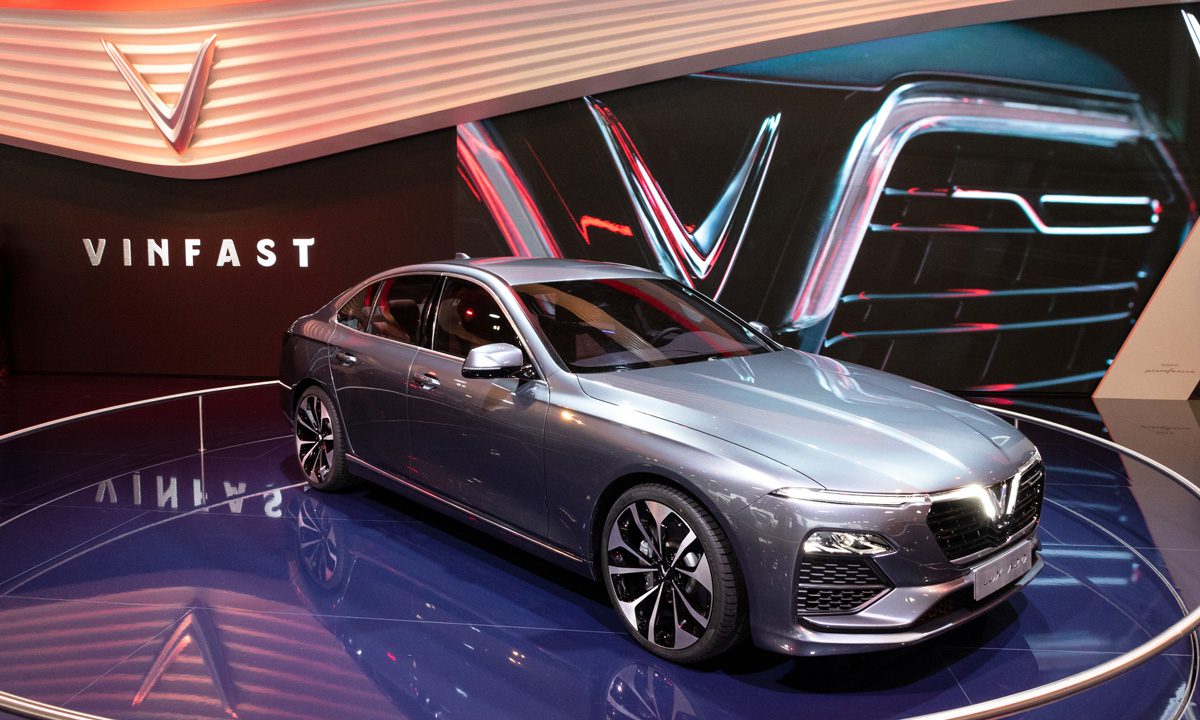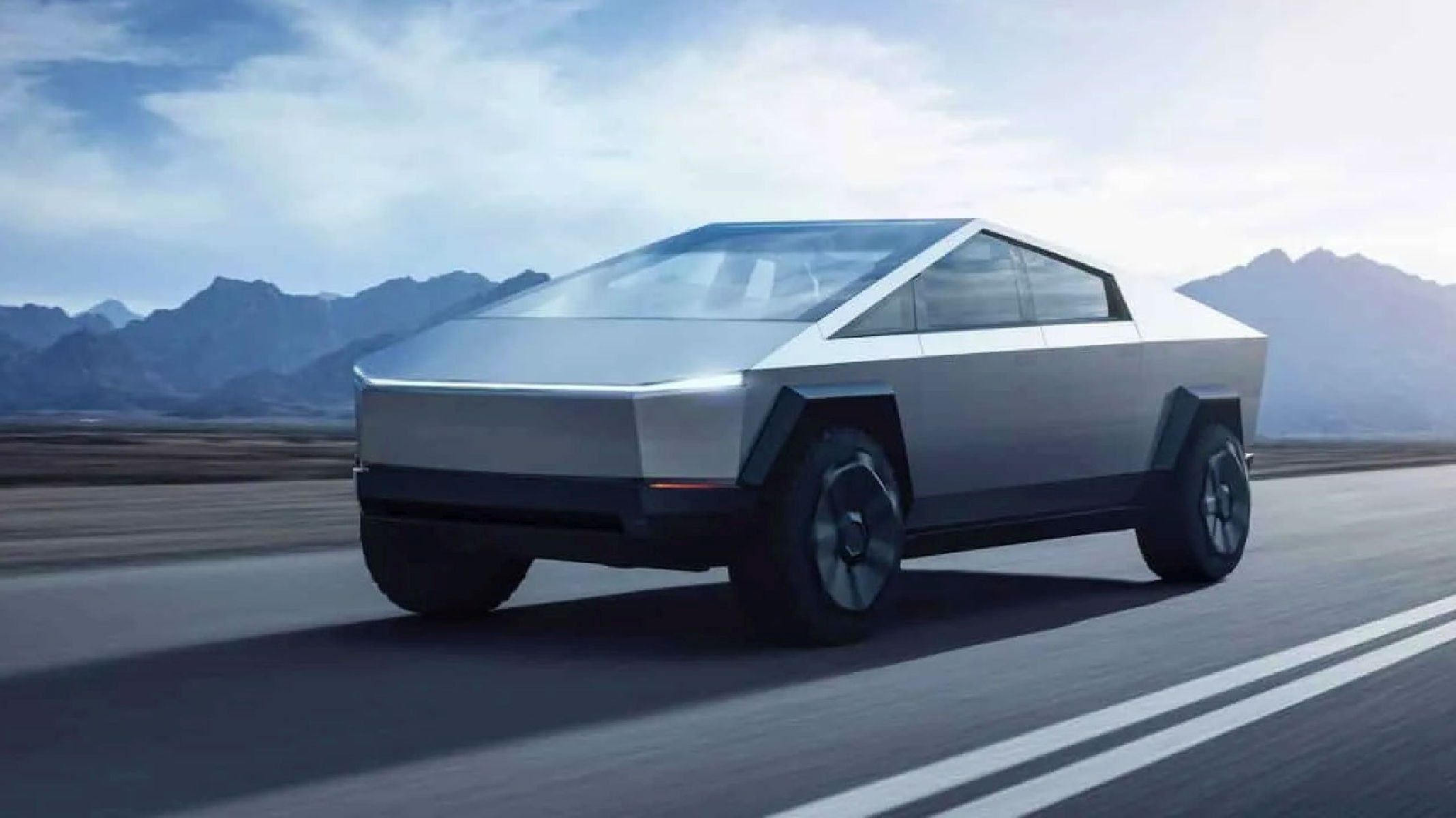Table of Contents
In the twelve months between 2020-2021, the Plug-in Electric vehicle‘s sales surged by over 87 percent worldwide. It’s a monumental milestone in the history of the technology of Electric vehicles (commonly called EVs). The overwhelming increase in the popularity of EVs frames a firm basis for their acknowledgement globally. The acceptance rate of EVs among people from all over the world is multiplying gradually.
The decreasing prices, increased efficiency, and sales validate their performance potential. Yet, the question remains: Do EVs prove promising for our environment? Learn the Role of EVs in Environmental Development with electric vehicles (EVs) contributing to a greener planet by reducing carbon emissions, improving air quality, and supporting sustainable energy solutions.
What are Electric vehicles?

Before exploring EVs as the most sustainable form of transportation, it is imperative to shed some light on their invention and necessity. Electric vehicles employ traction motors that are essentially Electric motors used for vehicle propulsion. The power sources for these motors include Electric current collectors, electricity, or effective batteries. The two ways of charging the batteries are using Solar panels or Fuel cells that transform fuel into electricity.
In the mid-19th century, the first EV was manufactured, prioritizing comfort and operational ease. At that time, the most widely accepted propulsion method (used by vehicles) was Internal Combustion Engines (ICE). Now, in the 21st century, Electric cars are gaining the attention of everyone. The reason lies in their competency in technological development and downgrading the use of nonrenewable resources for transportation.
Electric vehicle types

A wide range of vehicles encapsulates EVs, varying from Pure-Electric vehicles to Hybrid EVs and Plug-in vehicles to Railborne, Airborne, and Seaborne EVs. Hybrid Electric Vehicles (HEVs) run by an amalgamation of the conventional Internal combustion engine and an advanced Electric motor.
Considering railways, it is uncomplicated for them to function on Electric power due to their stable nature. Electric rapid transit and light rail systems are already operational in Europe and Asia. Besides not needing to bear the burden of heavy batteries, they are also considered high-speed trains.
Electric power supply for Aircraft is becoming increasingly popular due to their potential for reduction in harmful emissions. Similarly, submarines now use batteries and Nuclear power as Electric motor propulsion systems.
Impact of EVs on our environment

At the moment, our primary concern is the erratic climatic climate. Global warming and its impact on our planet’s weather circumstances demand swift changes in our conventional ways of living. A situation that entails considerable risks is awaiting us all.
For over 100 years, vehicles running on Internal combustion engines have had a remarkable impact on our environment.
We can not afford to be more neglectful towards our environment.
Transport is an easy target for imposing adverse effects on our environment because it encompasses a substantial part of our daily life. Whether one takes a bus to the school/ office or drives their car, everybody depends on some mode of transportation. The exponential increase in population and rapid industrialization has further propelled us to live in other areas, which indirectly results in the need for more transport facilities.
After intensive research on Electric vehicles, Experts have concluded that EVs are better for our environment. It is no secret that they have the potential to emit little or no Greenhouse gases and other toxic air pollutants. In contrast to Petrol and Diesel vehicles, EVs utilize renewable electricity sources for propulsion. It is parallel to the idea of a more Green future if used on a large scale globally.
Five significant factors need consideration to comprehend the impact of Electric vehicles on our environment.
1, Tailpipe or direct emissions
Internal combustion engines use the burning of fossil fuels for propulsion. The fact that we are running out of fossil fuels worldwide is not as alarming as the consequences of the damage we have caused to our environment with the unlimited use of fossil fuels. Although they are cheap and reliable, they are certainly not eco-friendly compared to Electric vehicles.
Electric vehicles are sustainable forms of transportation. EVs possess a solid base of renewable sources for their performance and have inexhaustible resources to rely on. Unlike fossil fuels, they don’t liberate Carbon dioxide, which eventually gets entrapped in our atmosphere.
Otherwise, the outcome of immense Fossil fuel use is altering weather conditions, including extremely hot temperatures, increased flooding, more droughts, melting of glaciers, and collectively a less hospitable environment. Reduced Carbon emissions from transport ensure a safer environment now and in the future.
2, Air Quality
Along with ruining the planet, Direct emissions harm the health of all individuals. Petrol and diesel release air pollutants that have a consequential effect on our health. They cause many critical health problems, including major respiratory diseases and cancers.
Predominant pollutants include Carbon monoxide, which causes Carbon monoxide poisoning in the body leading to significant tissue damage and even death. Nitrogen dioxide impacts the lungs causing asthma attacks and airways inflammations. Ozone, a poisonous gas, causes chest tightness, shortness of breath, and severe throat irritation. Sulfur dioxide causes allergies and other serious infections.
The mode of transfer for various parasites and viruses is air. Hence, air quality affects our health, and air pollutants are the sources of morbidity and mortality.
Electric vehicles have zero tailpipe emissions, proving advantageous to our planet and health. Improved air quality is a bonus for EVs.
3, Energy sources of Electric Vehicles

Energy-efficient vehicles are dominant over conventional conveyance in terms of their energy sources. Plug-in vehicles (PEVs) are entirely Electric vehicles and can solely depend on electricity for power.
Hybrid Electric vehicles (HEVs) are partially electricity-generated vehicles because they use the latest Electric drive technologies to increase their efficiency.
Renewable sources of electricity include but are not limited to wind energy, nuclear energy, hydropower, and the most widely used solar power.
Solar cars are a progressive invention in the history of sustainable transportation. They employ solar cells for power, and solar cells capture sunlight as their renewable source. They incorporate rechargeable batteries to ensure meditation and energy storage from the solar cells.
Diversifying energy supply options for Electric vehicles reduces the dependency on depleted fossil fuels and increases the chance of a better environment. Inexhaustible supply and lower global warming are the determinants that compel us to shift to EVs.
A safer, cleaner, and Greener option for sustainable energy is the utmost priority. Appraising Solar power, as long as the sun shines, we will never run out of this valuable Energy source. The sunniest countries like Colombia, Egypt, Texas, and Arizona can benefit hugely from Solar power for EVs.
Thus, profound reliability and assurance are favourable for us and our better environment.
4, Energy Efficiency of EVs

After exploring the variety of sources for power generation, our priority should be the energy resilience of EVs too. Electric vehicles deliver a pronounced degree of Energy efficiency compared to Internal combustion engine (ICE) vehicles. Overall efficiency has increased to 61 percent in EVs using Hydrogen.
Note: when the EVs are static, they do not consume energy. On the other hand, ICE vehicles consume fuel even while idling.
Besides energy consumption, the efficiency of Electric vehicles outclasses conventional fuel vehicles. Research has shown that gasoline combustion in Internal combustion engine vehicles results in 17 to 21 percent of energy transformation to power vehicles. But, EVs convert 59 to 62 percent of Electric energy for vehicle propulsion. It is an additional factor in acknowledging EVs for a better environment.
5, Electric car production
In the United States, Electric vehicle market sales surpassed expectations in 2021, at 607,600 light EV sales.
Electric cars are the most reliable option for an improving environment, but it is vital to mention that the manufacture of EVs requires a great deal of energy.
During EVs production, emission rates are more excessive than the conventional vehicles. The reason is Lithium-ion batteries, which make an essential part of an Electric vehicle.
More Carbon dioxide emissions are released by the energy used to manufacture the car.
To every problem, there is a solution. Reusing alongside recycling batteries aids in solving this problem. With time, technology advances for the betterment of our environment.
New technologies, including electricity storage, are subject to ongoing research, which will assist us in developing other alternatives besides reusing second-hand batteries.
It is not far that we operate our houses with batteries to restore renewable energy, and such advances are a ray of hope to eliminate the adverse environmental impact of vulnerable emissions.
Lithium batteries
EVs depend on batteries to convert chemical energy into electric energy in the electrochemical reaction. A battery is the heart of an Electric vehicle. Battery types of EVs include lead acid or nickel metal hydride batteries, but the latest Electric vehicles use Lithium-ion batteries. They are much more long-lasting and are potent enough to retain energy for power generation
for a longer duration.
Lithium-ion batteries are universally accepted due to their high energy per mass compared to other electrical energy storage systems. They assure high efficiency, a power-to-weight ratio, and a discharge rate of 5% every month.
These eco-friendly batteries have a relatively high cost which is reducible if the production increases and more companies are attracted to its promising features. In 2021, 11.3 million battery electric vehicles (BEVs) were operated globally, and more than four million new batteries for electric vehicles were produced in 2016.
Since the standard battery of EVs imparts improved efficiency, the point at issue is their thermal runaway. There have been cases of explosions and spark plugs in certain Electric cars. Collective efforts are a high priority to ensure safety regarding the batteries of EVs.
The Future of Electric Vehicles

EVs remain the car of the future. The revolutionary advancement of Electric vehicles proves fruitful for the environment.
The chief source of environmental pollution is transportation, and our focus should be on using more Green options on the roads as possible. Besides being a safer driving option and granting premium comfort, EVs reduce the detrimental effects of emissions on climate change.
The long-term shift in weather patterns demands immediate action—even a 0.1 degrees increase in Global warming matters for us and the many coming generations. Scientists have concluded that limiting the rise to only 1.5 degrees celsius supports maintaining a liveable climate and keeps the consequences of climate change at bay.
Countries with the highest emission rates need to consider these options. EVs will be the “New Normal” soon. Technologies like
Hydrogen trains can revolutionize railway operations. With an astonishing speed of 140 kilometres per hour, these trains have enhanced performance and lower environmental impact.
Dubai developers URB have already delivered a proposal for designing a smart city of ALNAMA in the capital of Saudi Arabia. The joint effort promoting a Carbon zero future city is also encouraging for other countries. They are contemplating the application of EVs in that city as a Green option.
There is no changing the past; the importance of learning from the past implies now, more than ever. A sharp eye on a Green, Carbon-neutral future requires re-evaluating our transportation choices.
The challenge of climate change is ever-increasing, but we are already aware of many solutions for a better environment. The only obstacle is the adoption and inculcation of these solutions in our daily lives. Electric vehicles are the future; we must start embracing this change to safeguard our environment.







